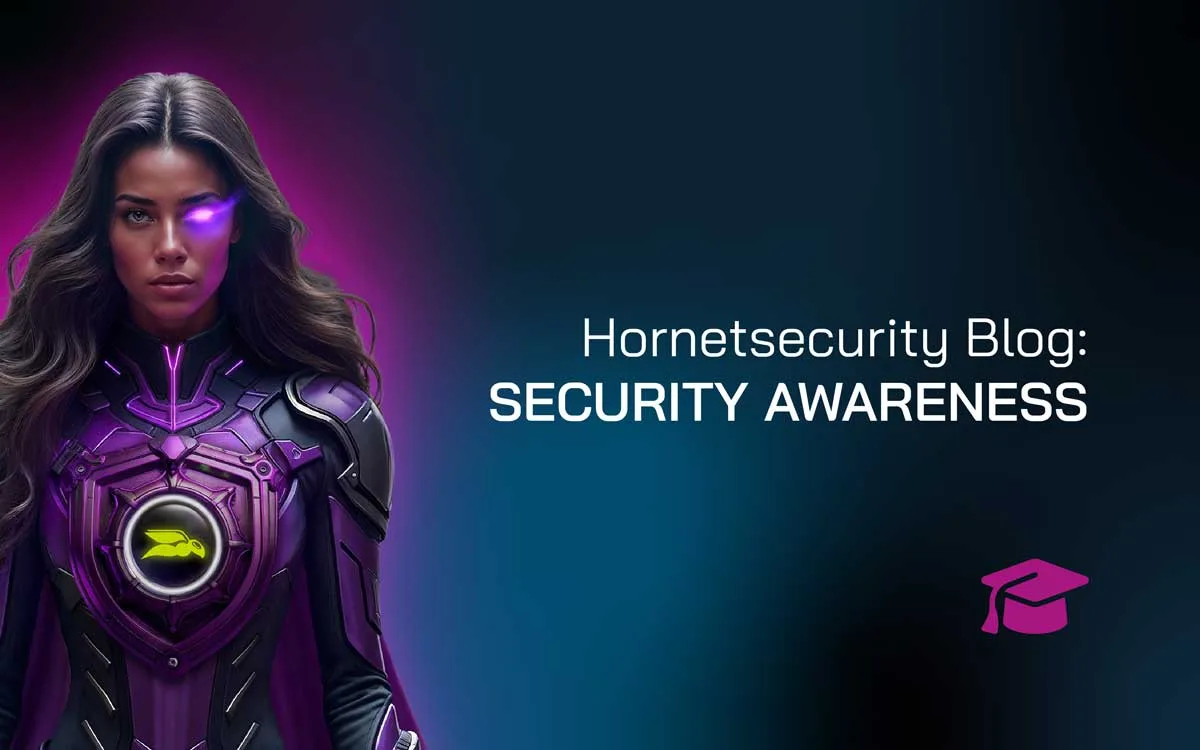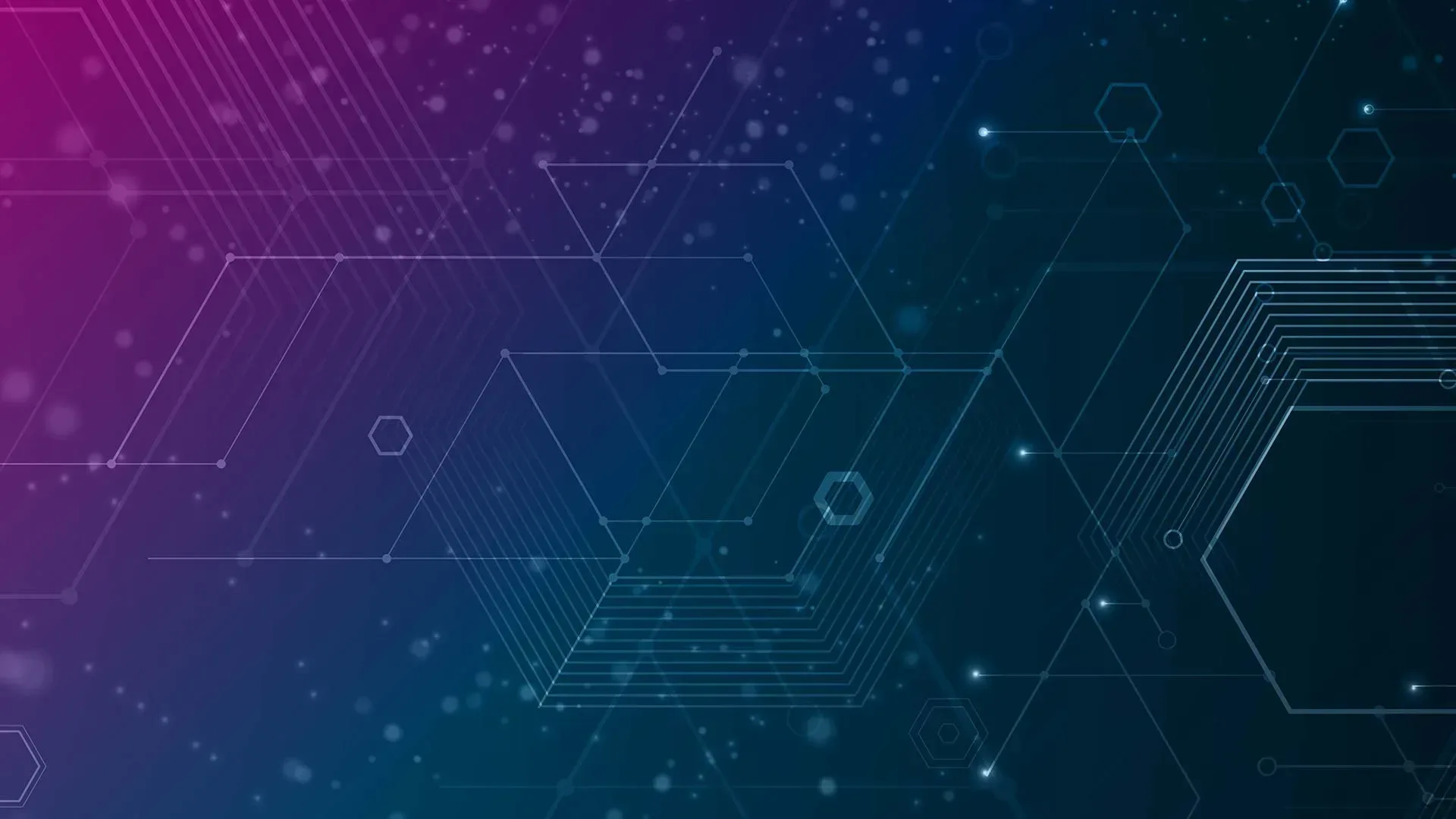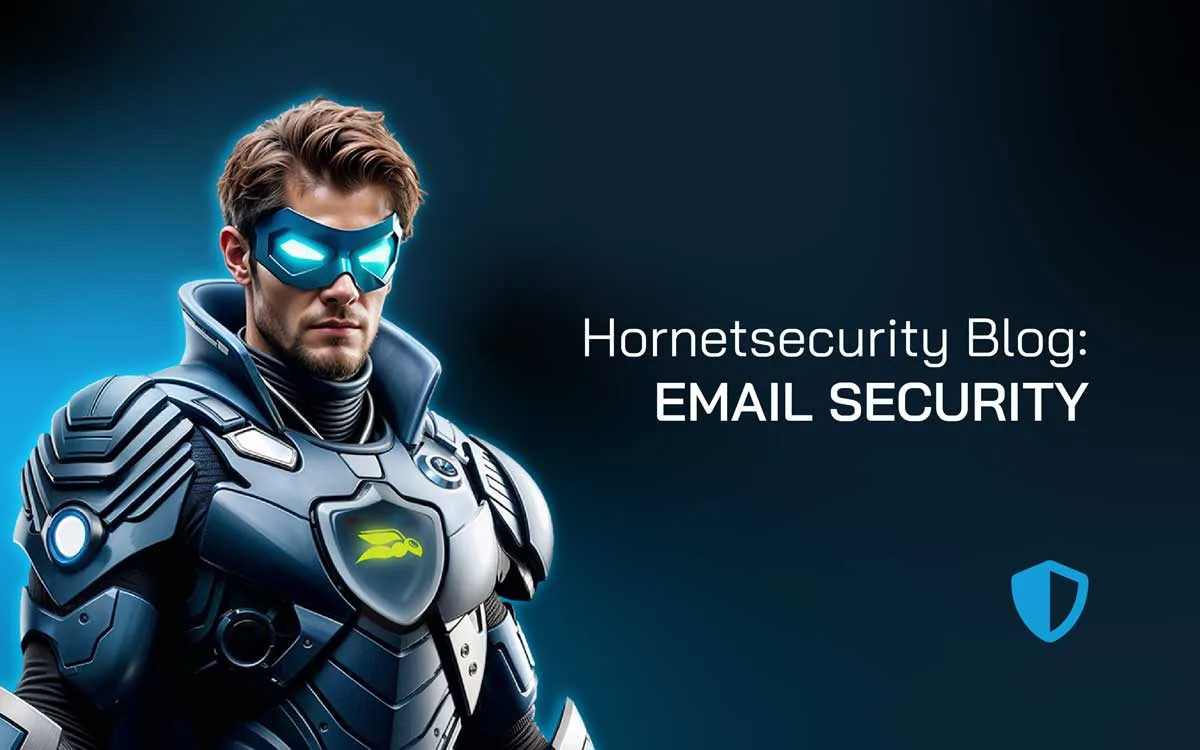

What 2024 Taught Us About Staying Safe Online
New threats emerge daily, and attackers are always trying to sharpen their tactics, putting businesses at increased risk. As we look to the future, we must reflect on these experiences and acknowledge our organizations’ vulnerability.
No one organization can claim to be completely safe from cyber threats. From the alarming rise of ransomware to the ongoing challenge of phishing attacks, the landscape of cybersecurity is an endless struggle. Staying prepared requires constant vigilance and proactive defense strategies to safeguard our assets and data. At Hornetsecurity, we focus on providing top-notch solutions for businesses worldwide. Stay tuned as we explore how to protect your company from potential threats.
How much at Risk will my Organization be in the future?
Our answer to this question remains much the same as it was in previous years, if your organization is capable of paying a ransom or you hold some information of intellectual property that can be sold for a profit – you ARE a target. This is demonstrated by our data regarding the industry email threat index showing continued targeting by cyber criminals across all industry sectors. That said, if your organization handles sensitive data, is involved in the defense space or critical infrastructure, or holds highly valuable intellectual property, you are an even higher priority target.
What Organizations Should Do to Defend Themselves
Start with the basics
There’s a tendency for organizations to react to specific threats and acquire point security solutions for each area, and thus focus on technology solutions, rather than covering the basics of security hygiene first. The vast majority of businesses that are breached don’t fall victim to an obscure zero-day exploit or an advanced hacking technique. Their defenses fail because they didn’t implement strong authentication (MFA, preferably phish resistant hardware), allowed simple passwords, set up users as local administrators on their devices or didn’t train users to be cautious when clicking links in emails. Not validating backups by testing restore procedures can lead to a very bad day when ransomware strikes, as can having a lax patching policy.
In other words, take care of basic security hygiene first, which includes technology and processes and people. Start with a Zero Trust mindset:
- Verify each connection – just because a device is managed, doesn’t automatically make it safe, and just because a user is connecting from a known network doesn’t mean it’s not an attacker, utilizing stolen credentials.
- Use least privilege – only give users and workload identities the permissions they need to fulfill their role and perform regular reviews to make sure given permissions don’t accumulate.
- Assume breach – build your defenses as strong as your budget allows, but also work through the possible scenarios when they fail. If an attacker compromises a user, how will you detect that? How can you limit the ability of an attacker to move laterally in your environment?
A fuller list is available in the Open Groups ZT commandments.
Culture eats strategy for breakfast
To transform your organization into a cyber resilient business will take time, effort, and persistence. You cannot turn your business into a well defended cyber fortress without involving everyone and helping them see how it affects them, and why they must be part of the solution.
When it comes time to roll out MFA, make sure the C-suite leads by example, and that they (and the board) understand the reason for adding the extra friction for authentication. Part of this culture shift is understanding that cyber resiliency isn’t the IT departments, or the security department’s job. IT can’t secure workloads they don’t know about, and if the marketing department is rolling out a website and a SaaS lead tracking solution without involving IT and security, the risk that this introduces belongs with the marketing department. Every technology choice or process decision that defines how a business will run caries risk, and how that risk will be managed needs to be transparent to the business so that they can make good decisions.
And an important lesson for IT and security departments is speaking the right language – risk management. If you start talking about technical details, and how it works, you’ll lose anyone else in the business, but if you translate technology and process changes into business risk (or business opportunity) language, everyone should be onboard.
And this cyber resilient business isn’t static, just like other risks to business (geopolitical, economic, competitors), it’s ever changing and the business needs to continuously learn and adapt. Recent examples include the way attackers are bypassing or defeating “weaker” forms of MFA, with Attacker in the Middle toolkits or MFA fatigue attacks. And social engineering is an ever-present risk – would your helpdesk have been more successful in defending your business than those of Caesar’s or MGM’s?
A balanced security strategy
To navigate the challenges of today’s security ecosystem, businesses must think about implementing a balanced approach to security – one that addresses advanced threats specific to their industry while ensuring foundational security measures are firmly in place.
Relying on a single security tool or solution is no longer sufficient. Organizations should implement a multi-layered strategy that protects against common attack vectors while addressing threats unique to their business sector. This strategy should include:
Next-Gen Spam/Malware detection with ATP
Cyber threats like ransomware, CEO fraud, and spear phishing are becoming more sophisticated—ensure your business is safeguarded with an extra layer of protection.
Hornetsecurity’s Advanced Threat Protection (ATP) uses AI-powered detection mechanisms to protect against sophisticated email-based threats like ransomware, CEO fraud, and spear phishing.
Key Features:
- AI-Based Behavioral Analysis: Detects anomalies and emerging threats through continuous learning, protecting against new and unknown attacks.
- Sandbox Engine: Isolates and scans potentially harmful email attachments in a secure environment before they reach your inbox.
- Secure Links: Rewrites email links through a secure web gateway, preventing phishing and malicious redirects.
- QR Code Analyzer: Scans QR codes in emails and images for malicious content.
- Malicious Document Decryption: Decrypts and scans suspicious email attachments for hidden malware.
Hornetsecurity’s ATP provides proactive, real-time protection, ensuring your business stays ahead of evolving cyber threats.
Request your demo today to see how Hornetsecurity’s ATP can safeguard your organization from the latest threats.
End-User Security Awareness Training
Training your team to recognize and respond to cyber threats before they escalate is a must!
With cybercriminals constantly evolving their tactics, it’s critical to equip your team with the knowledge to spot and avoid common threats like social engineering and spear-phishing attacks. Hornetsecurity’s Security Awareness Service uses cutting-edge AI and engaging training modules to help end-users identify malicious content, understand attack vectors, and respond to potential risks effectively.
Request your demo now to strengthen your organization’s first line of defense.
Backup and recovery capabilities
Businesses must protect their critical Microsoft 365 data from ransomware, system failures, and human error.
Nowadays, cyber threats like ransomware are constantly evolving, it’s essential to have a reliable backup solution for your Microsoft 365 data. Hornetsecurity’s 365 Total Backup provides automatic, multi-tenant backup and recovery for M365 mailboxes, Teams, OneDrive, SharePoint, and more. With continuous backups multiple times per day and advanced ransomware protection, your data is secure, even from the most sophisticated attacks.
For both on-premises data and data that resides in cloud services like M365, 365 Total Backup ensures that your critical information is always recoverable should a ransomware attack bypass your defenses.
Request your free trial now to safeguard your organization’s data and ensure business continuity.
Compliance and governance
For smooth and future-proof business operations with AI-powered security, data protection, compliance, and security awareness.
Cyber threats are constantly evolving, and so should your defenses. Hornetsecurity’s 365 Total Protection offers a comprehensive, AI-driven suite for Microsoft 365, combining email security, data protection, compliance, backup, and security awareness in one integrated package. With advanced encryption, multi-level filtering, and real-time security awareness training, you can safeguard your data, protect your email communications, and ensure compliance all in one solution.
For both on-premises data and cloud-based services like M365, 365 Total Protection ensures full coverage, offering unparalleled protection against evolving cyber threats, and keeping your business operations secure and compliant.
Request your demo now to experience the power of next-gen AI-based security and proactive risk management.
Conclusion
The methods mentioned here regarding how to keep your business safe are just the beginning. Amongst the risk management, the vendor assessments, and the training are ever changing regulations and security requirements. Not every organization can be an expert when it comes to security.
Make sure that you’re leveraging trusted vendors that enable you to not only keep your business safe but allow you to take advantage of their deep knowledge in cybersecurity. For example, maybe your security staff has deep knowledge regarding data loss prevention, but knowledge of advanced email attacks is lacking. By partnering with a trusted security vendor like Hornetsecurity you will be able to leverage the vendor’s knowledge as well as your own. Collectively we can all work together to enhance security, so be sure to reach out to your security vendors to learn more and see how you can more closely work together.

